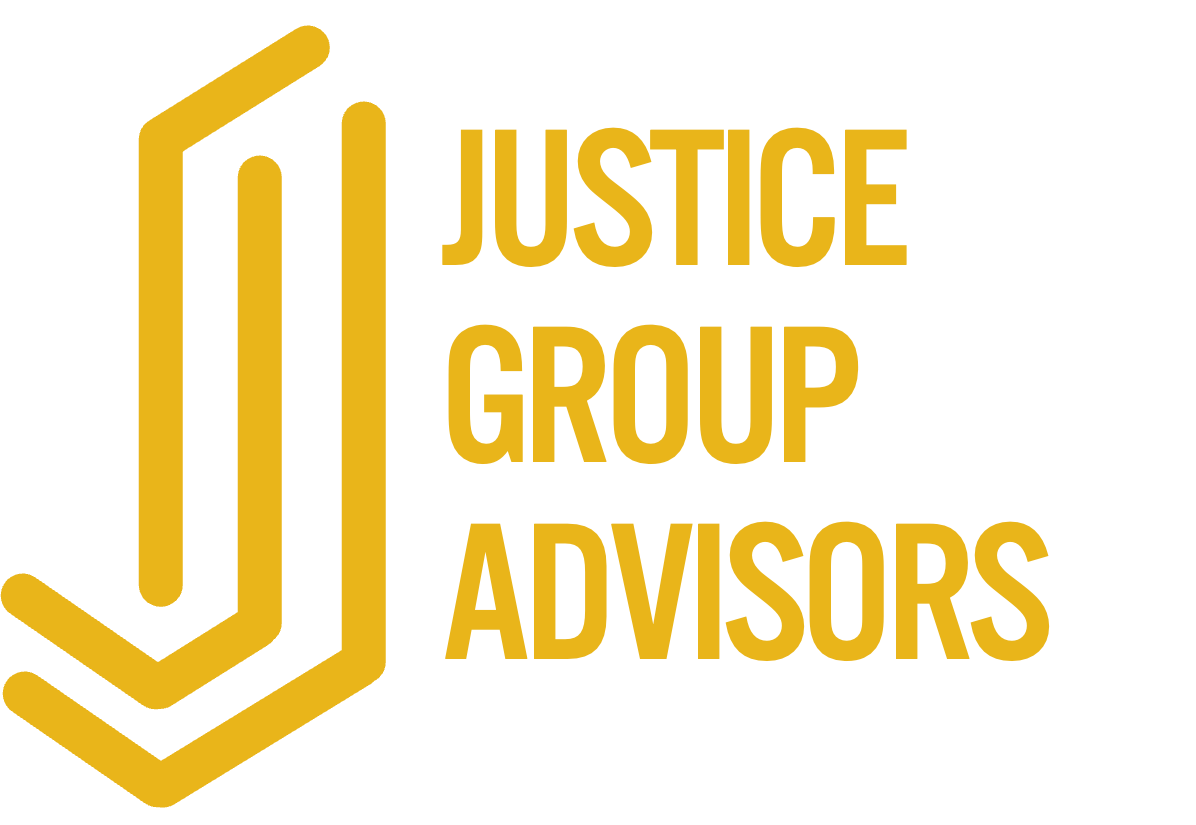What’s My “Sell By” Date? How to Know If It’s Time to Move On
Ever walked away from a tough meeting convinced your career had an expiration date?
A biotech leader I worked with had that exact moment. After a tense conversation with her CEO, she was spiraling with doubt. She felt like the company was outgrowing her. She wondered if she should take matters into her own hands and start looking for a new job. She was even considering leaving without anything else lined up.
Her question to me was blunt: “How do I know my ‘sell by’ date?”
I’ve heard variations of this question from countless leaders—almost always after a negative experience that leaves them feeling undervalued, stuck, or suddenly uncertain about their future.
And I always tell them the same thing: You’re asking the wrong question.
The Shift That Changes Everything
When things feel off at work, the knee-jerk reaction is often to run—to update the résumé, fire off applications, or fantasize about quitting outright.
But running from something isn’t the same as running to something.
The difference between the two?
✅ Running from is reactive. It’s fueled by frustration, disappointment, or fear.
✅ Running to is intentional. It’s about clarifying what you actually want next.
One choice is driven by panic. The other is driven by power.
If you’ve ever questioned whether you’ve hit your “sell by” date, you’re not alone. According to Gallup’s State of the Global Workplace Report, only 23% of employees are engaged at work, while 62% are not engaged, and 15% are actively disengaged.
Many professionals feel stagnant, but the key isn’t avoiding these moments of doubt—it’s knowing how to move through them with clarity.
Are You Outgrowing Your Role—Or Just Having a Bad Day?
So, how do you know if you’re truly outgrowing your role—or if you’re just having a tough week?
Ask yourself:
✅ Am I still growing? Do I feel like I’m learning, expanding my skills, and gaining new experiences?
✅ Is my work still aligned with what I want long-term? Does my current role help me build toward my bigger career goals?
✅ Are my values still a fit for the company? Have things shifted in ways that make it harder to stay engaged?
If you’re answering yes to at least two of these, you might just be hitting a rough patch. But if it’s mostly no, it could be time to start thinking about what’s next.
Clarify What You’re Running Toward
Once you’ve determined it’s not just a bad week, the next step isn’t quitting—it’s getting clear on your next move.
Ask yourself:
🔹 What am I working toward? What’s the long-term vision I have for my career?
🔹 What skills, experiences, or connections do I need to get there?
🔹 How can I start acquiring those—whether in my current job or elsewhere?
Clarity creates confidence. And when you’re clear on what you’re running toward, your next step becomes obvious.
There Are No “Sell By” Dates
If you feel like your company is outgrowing you, consider whether you might actually be the one outgrowing your company.
The best leaders don’t make decisions out of fear. They make them with intention.
That doesn’t mean there won’t be moments of doubt or frustration. But over time, you should feel like you’re moving forward, not just hanging on.
There’s no single path to success, and your career doesn’t have an expiration date. The key is staying in control—not just of your job, but of the direction you want to go next.
📩 Take Back Control of Your Time and Energy
If you’re feeling stuck, the first step might not be a new job—it might be reclaiming the space to think clearly about what you really want.
That’s why I created the 5-Day Say No Challenge—to help high performers set boundaries, say no with confidence, and take back control of their time.
🚀 Join the Free 5-Day Challenge Now and start making space for your next big move!
And for a steady stream of practical tips, tools, and advice, follow me on LinkedIn.





I skipped yoga for months. Coming back was harder than I expected—and it taught me everything I needed to know about bounce-back rate and leadership.